
ARTISAN™ Socket Preservation Screw
The Socket Preservation Screw implant is a potential breakthrough for cosmetic dentistry as it allows specialists the ability to preserve gum tissue architecture and anatomy while still protecting a bone graft. The Socket Preservation Screw allows for a simpler surgical approach by eliminating the need to perform a second flap to re-enter.
- Preserves the integrity of an oral extraction socket
- Maintains space and protects bone graft material
- Preserves architecture of papilla anatomy
- Eliminates need for flap surgery thus saving the surgeon time
- Multiple sizes available to fit various patient's anatomy
- Easy access into hard bone due to aggressive self-drilling ability
- Unique threading allows stabilization after 3mm of engagement
- Complications with these implants could cause additional bone loss or decreased bone density
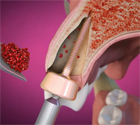
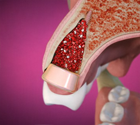
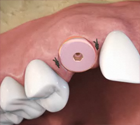
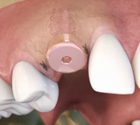

ARTISAN™ Tenting Screw
ARTISAN™ Tenting Screws, used individually or in multiples, are designed to support overlying gingival tissue and protect graft materials in regions of the oral cavity requiring bone augmentation.
- Unique umbrella shape provides ideal soft tissue support, preserving architecture and protects graft material
- Highly-polished screw head minimizes potential for wound dehiscence
- Unique treading aggressively engages bone and stabilizes quickly in only 3mm of bone
- Features a stab-n-grab technology ensuring product sterility
- Additional surgery may be necessary to correct any potential adverse events
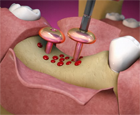
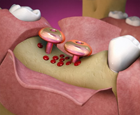
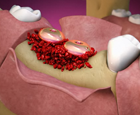
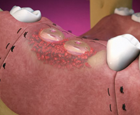

ARTISAN™ Titanium Mesh
- Malleable and easily-contoured, intraoperatively, to more accurately fit a patient's defect area
- Maintains contoured form and fixation to avoid micro-motion so bone healing may occur
- Strong, yet shapeable
- 0.2mm mesh thickness provides stability while 0.89mm pore diameter allows graft site vascularity
- Sheet size: 76mm length x 44mm width, 0.2mm thickness, 0.89mm pore diameter
- As with surgeries involving metallic implants there is a chance for foreign body sensitivity. Where material sensitivity is suspected appropriate tests should be made to rule out this possibility prior to implantation.
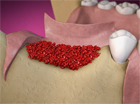
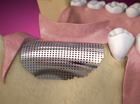
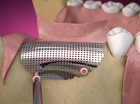
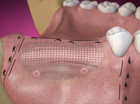




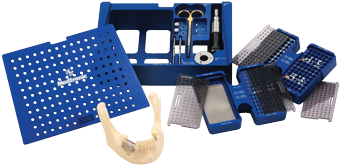
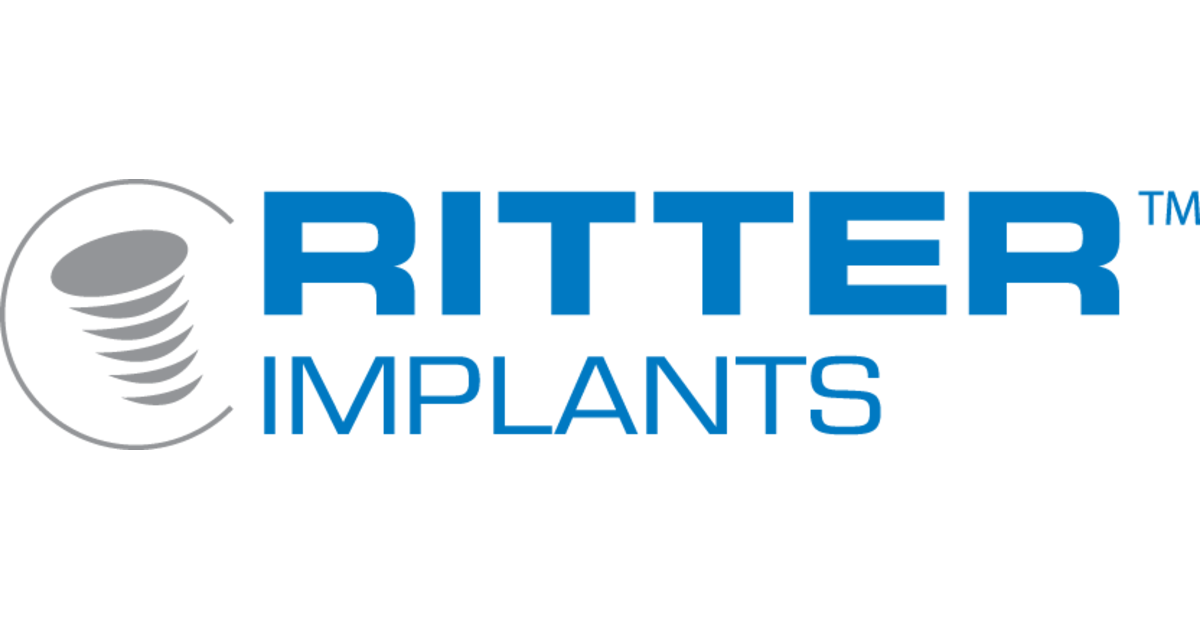
.jpg)


.jpg)



.png)

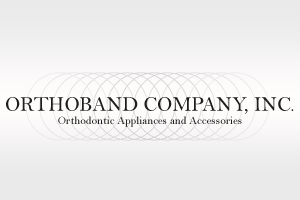






.jpg)



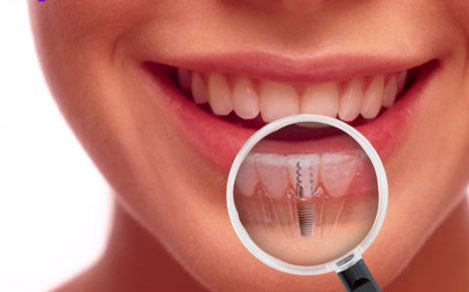 İmplant
İmplant
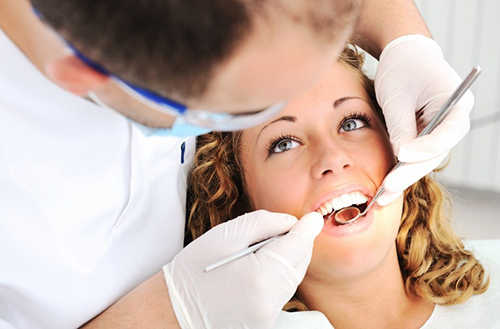 Ortodonti
Ortodonti
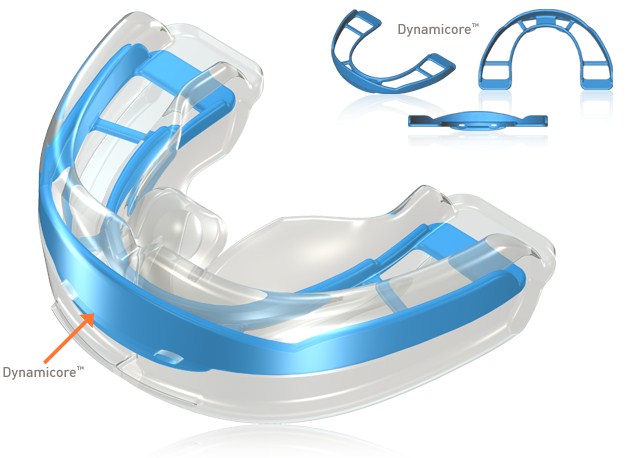 Tranier
Tranier
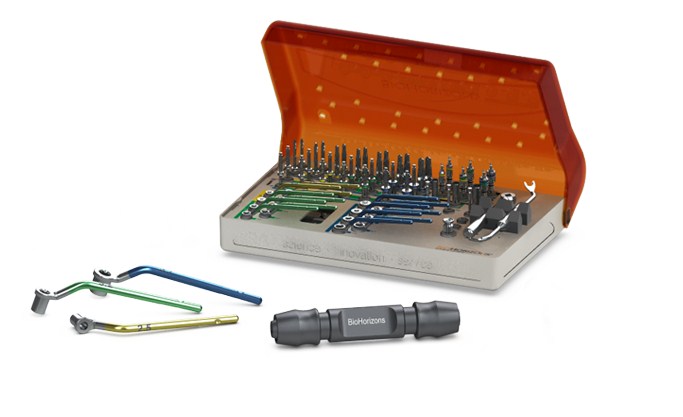 Disposable
Disposable
